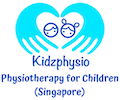Gross Motor Developmental Milestones from Birth to 5 Years
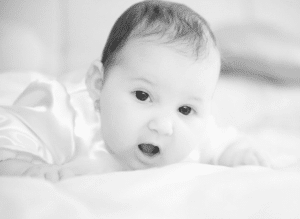
Tummy time at 1 to 2 months old
1 to 2 Months:
- When lying on back, moves arms and legs equally.
- When lying on tummy, holds head up 45 degrees for a few seconds.

Tummy time at 3 to 4 months old

Tummy time at 3 to 4 months old
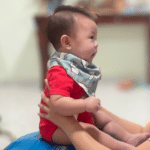
Supported sitting at 3 to 4 months old
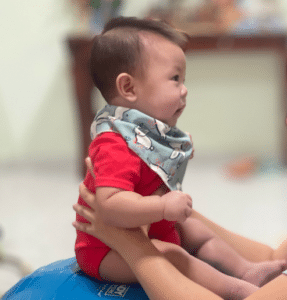
Supported sitting at 3 to 4 months old
3 to 4 Months:
- When lying on back, brings hands to mouth. Arms and legs move equally. Can hold a toy and shake it and swipe at dangling toys.
- When lying on tummy, pushes up onto elbows and holds head up 90 degrees.
- May be able to roll over from tummy to back.
- When supported in sitting, holds head upright steadily, without any bobbing movements.
- When supported in standing on a hard surface, pushes down on legs for a few seconds.
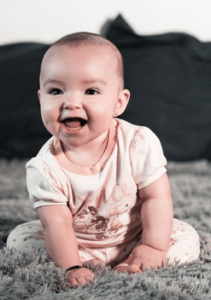
Sitting with hands on floor at 5 to 6 months old
5 to 6 Months:
- When in lying, able to roll over in both directions (from front to back and vice versa).
- When lying on tummy, starts bearing weight on his hands and knees, and rocks back and forth. May crawl backward before moving forward.
- Begins to sit alone without anyone holding, but may use hands for support.
- When supported in standing, bears weight on legs and might bounce.
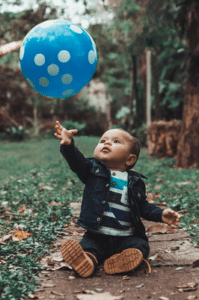
Sitting without support at 9 months to 1 year

Sitting without support at 9 months to 1 year

Crawling at 9 months to 1 year old

Crawling at 9 months to 1 year old
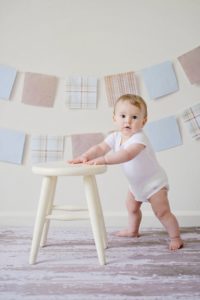
Stands with hands holding support

Stands with hands holding support
9 Months to 1 Year:
- Crawls on hands and knees. (Crawling ideas for home)
- Able to get into sitting position without help, either from a lying or crawling position.
video icon
- Sits without support for more than 5 seconds.
- Pulls self to stand without help.
- Stands with hands holding onto support for more than 5 seconds.
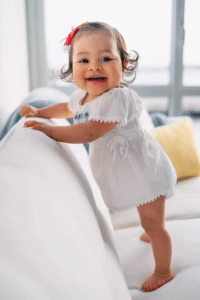
Cruising along furniture at 1 year old
1 Year to 15 Months:
- Pulls self to stand, and walks holding onto furniture.
- May stand alone without holding onto support.
- May take a few steps without holding on.
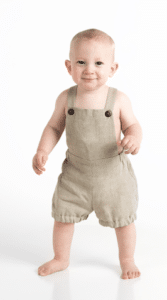
Standing alone without support
15 to 18 Months:
- Stands alone without having to hold onto support for more than ten seconds.
- Walks well with good balance, rarely falls and does not sway from side to side. May pull toys while walking.
- Walks up stairs by himself while holding onto the wall or rail for support.
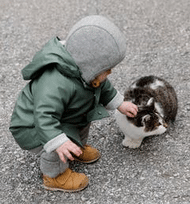
Squats to stand on his own
2 Years:
- Able to squat or bend to pick up a toy from the floor and return to a standing position without sitting down or touching the floor with his hands.
- Stands on tiptoe to reach for a higher placed object.
- Throws ball overhead with both hands.
- Kicks a ball forward without holding onto any support.
- Starts to run.
- Climbs onto and down from furniture without help.
- Walks up and down stairs by himself while holding onto the wall or rail for support.
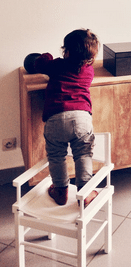
Climbs well

Climbs well
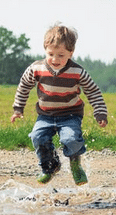
Jumps up with both feet off ground

Jumps up with both feet off ground
3 Years:
- Climbs well
- Runs easily with good speed.
- Walks up and down stairs, with one foot on each step.
- Balances on each foot for at least 1 second, without holding onto any support.
- Jumps up with both feet off the floor at the same time, without holding onto any support.
- Pedals a tricycle (3-wheel bike).
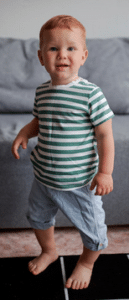
Balances on each foot momentarily
4 Years:
- Balances on each foot unsupported for at least 2 seconds.
- Hops at least 2 times in a row, on 1 foot without any support.
- Catches a bounced ball most of the time.
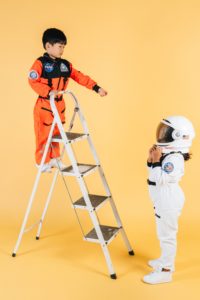
More advanced climbing
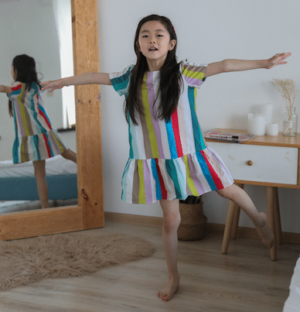
Standing on 1 leg for at least 5 seconds
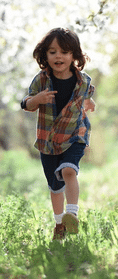
Skips
5 Years:
- Balances on each foot unsupported for at least 5 seconds.
- Hops; may be able to skip.
- Can do a somersault.
- Swings and climb.
If you are concerned about your child's motor development, please reach out to us as soon as possible. Early intervention helps children improve their abilities and learn new skills. The connections in a baby’s brain are most adaptable in the first three years of life. Intervention is likely to be more effective when it is provided earlier in life rather than later. Early intervention gives your child a chance to receive the appropriate therapy, giving him or her the best chance for a good outcome in the future.
Earlier is better!
Let's get in touch
